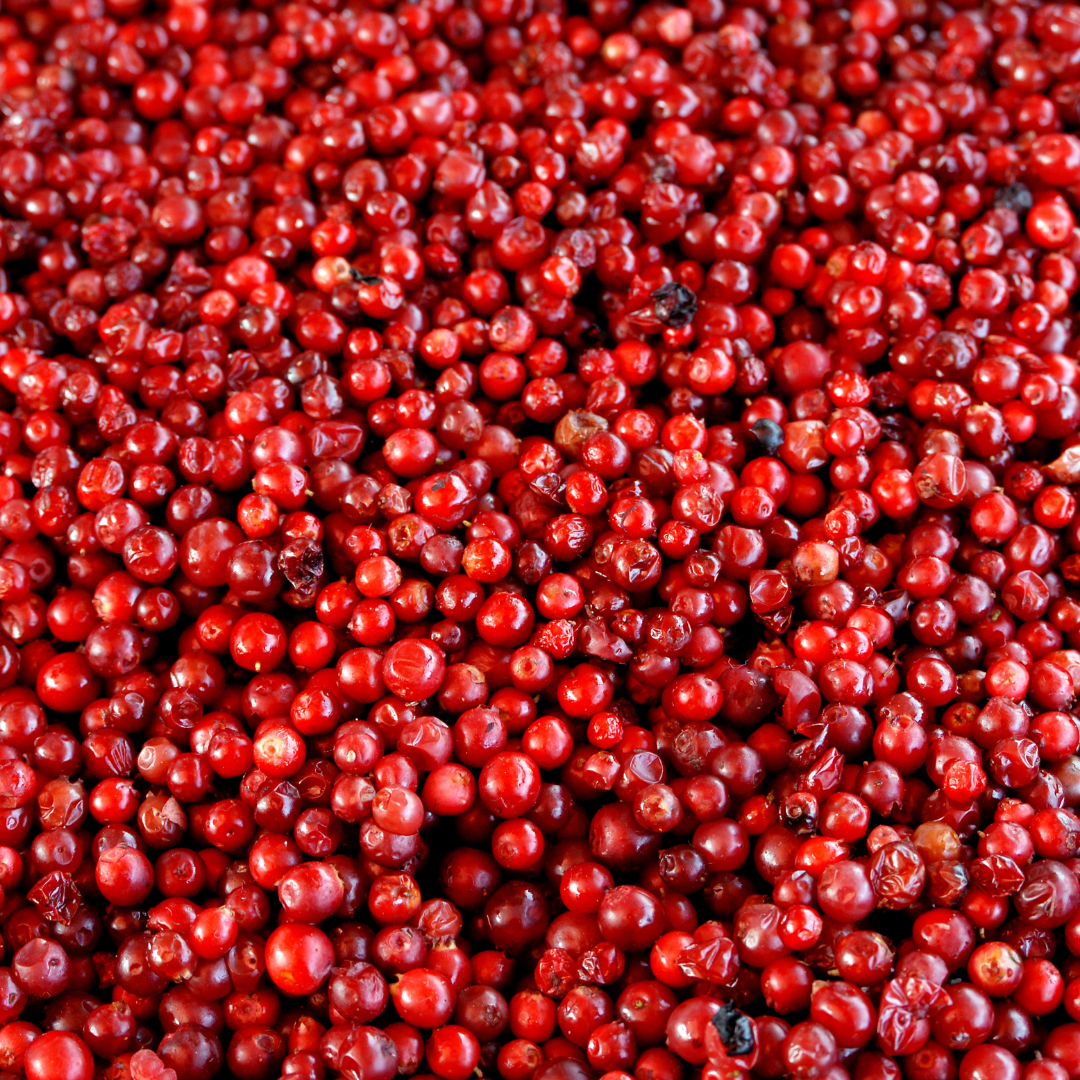
That's why we frown differently
Isabella LandebackSkin
The skin is vital to our health and general well-being. In addition to being the body's first line of defense against bacteria and viruses, healthy skin ensures that fluid balance is maintained and facilitates the regulation of body temperature. It is our largest and most visible organ, covering almost 30 m² if you count hair follicles and sebaceous glands and making up almost a sixth of our body weight. It is very sensitive and can sense the lightest touch as well as pain. How your skin feels can also have a significant impact on your self-esteem, but conversely, you could also say that how you feel is reflected in your skin. What scientists now know is that the skin also produces hormones, so emotions, diet and hormones have a big effect on your skin.
Skin Facts
The skin is made up of three layers: the epidermis, the dermis and the hypodermis. The main structural components of the dermis are collagen and elastin, connective tissues that provide strength and flexibility and are the essential components of healthy, youthful skin. These fibers are surrounded by a gel-like substance (containing hyaluronic acid) that has a strong water-binding capacity and helps maintain skin volume. This is what many people are now starting to inject to maintain moisture and plumpness.
Why do we frown differently?
It's in your genes – look at your parents and you'll get a likely picture of how your skin will age. No two skins are the same, just like us, and it ages differently depending on heredity and lifestyle, but the first signs of aging usually appear on the surface of the skin in your 30s. External factors that can accelerate the process include sun, air pollution and smoking. As we get older, the substances that keep the skin smooth decrease. They are collagen, elastin and hyaluronic acid.
Young skin has a structure that resembles building blocks: a systematic structure of skin tissue and an abundant supply of collagen. It looks smooth and feels firm. Over time, internal and external factors begin to affect the appearance of the skin:
» Internal factors: the natural (or biological) aging process is predetermined by our genes, as well as your emotions and hormones.
» External factors: environmental factors that can create oxidative stress, such as overexposure to sunlight, poor sleep, the wrong type of diet, etc.
From the age of 25, collagen levels decrease by 1 percent per year and, together with an increasingly “disorganized skin tissue”, this causes reduced skin strength and the appearance of fine lines and wrinkles. Another important factor in the formation of fine lines and wrinkles is surface dryness. As a result of reduced skin functions, mature skin becomes increasingly dry and can also become itchy and rough. This is, among other factors, the reason for the reduced amount of hyaluronic acid produced in the skin. It is the moisture-binding substance that surrounds the cells and gives the skin its youthful, smooth appearance. This decline causes the skin to lose its firmness and become more susceptible to folds and deep wrinkles.
Image: Clara Moberg


